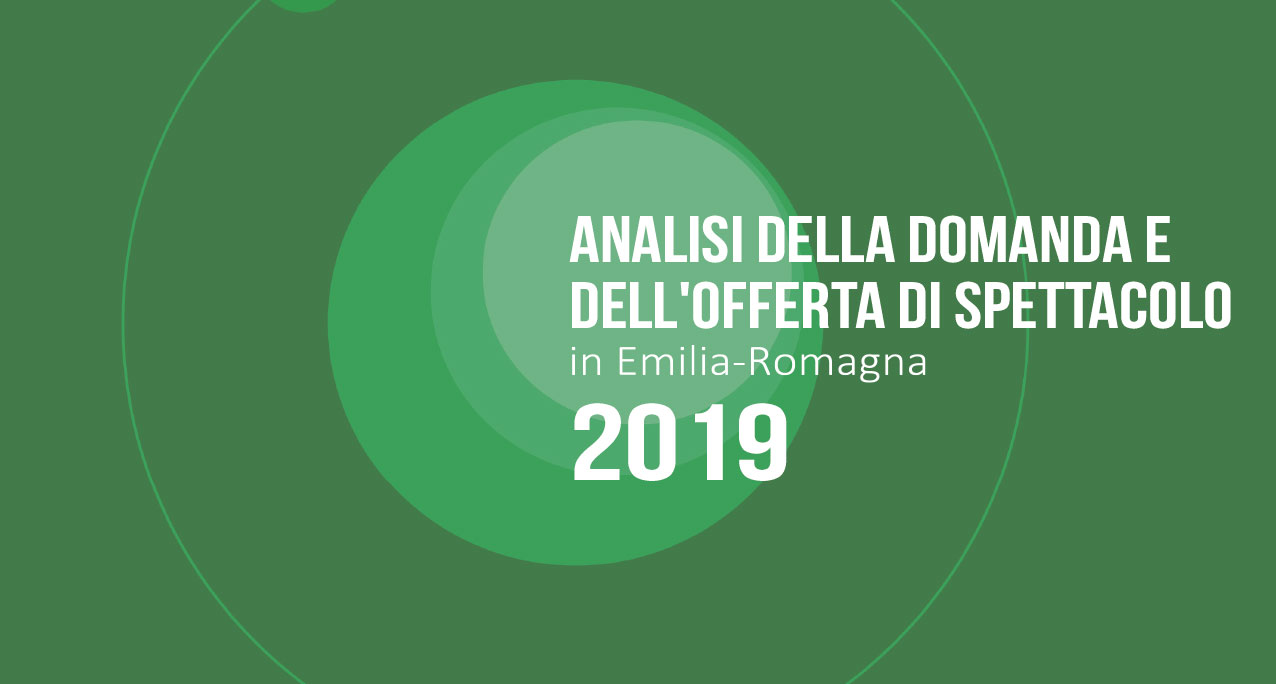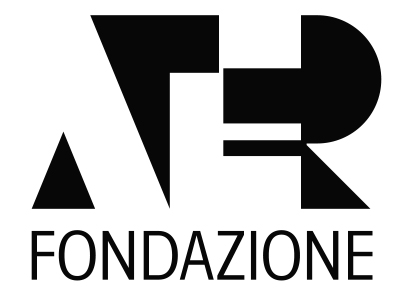PERFORMING ARTS SHOWS
FILM SCREENINGS
BOOKS LENT
Since the Cultural anche Creative sector in made of multiple industries, the data sources used are numerous. That is why not all information is updated taking into account the same year or time frame. In either titles or descriptions the year considered is always indicated.
OFFER
Circus shows, live contemporary music, traditional dances, book clubs, open air film screenings, guided tours, festivals of all kinds… these are just a fews instances of what the regional cultural offer can propose.
The stakeholders involved, imagining and implementing artistic initiatives, are distributed pretty evenly on the territory: local entities, institutions, the Third Sector, artists and enterprises contribute to developing a heterogeneous and diverse offer.
In the last decade, also thanks to specific cultural policies, organizations have managed to rethink the services and products available: there are more and more initiatives aimed at experimenting with new artistic languages, at promoting traditions by exploring new techniques, and at innovating methods by co-designing with audiences.
Cultural offer and participation are, indeed, two sides of the same coin. A manifold and innovative artistic proposal can lead to an increase in the number of people involved in creative activities, generating tangible social and economic impact.
Actions designed to interest citizens with different backgrounds can encourage social inclusion and wellbeing: several studies have demonstrated the positive effects generated by cultural participation on health. Furthermore, a varied pool of creative and leisure activities works in favor of territorial attractiveness: it can stimulate new types of tourism, with positive externalities on other sectors, such as hospitality and commerce.
The regional cultural offer takes place in a wide array of spaces, from the more traditional ones – museums, libraries, cinemas, theatres – up to arts hubs and cultural centers, independent spaces run by young generations which characterize the cultural model of the Emilia-Romagna region.
Cultural consumption in this region is among the highest in Italy even though Covid19 took a toll on the overall cultural spending. At the same time it encouraged experientations and a renewed digital proposals.
Performing arts shows
Performing arts initiatives are scattered throughout the territory, more or less evenly both in big cities and small towns. They are an instrument fostering territorial development and social cohesion: its articulated offer can tackle several types of desires, from traditional plays to experimental research theatre, from opera to social theatre, to puppetry. Furthermore, participation and boxoffice have always registered good results.
Film screening
The film industry has been experiencing a complex phase both in terms of contents and distributions: these transformations are namely due to the digital revolution.
Technology-driven innovation and new habits have paved the way for new opportunities, making films and TV-shows a relevant part of our daily lives: the great variety of platforms allows the audience to access any type of audiovisual products at all times.
At the same time, these changes have uncovered new challenges this sector needs to face, especially regarding the screening in cinemas. Nevertheless, it is safe to say that movie theatres and arenas still play a pivotal role: they enhance the social vibes of cities and are places where people can meet and foster a sense of belonging.
These spaces are not only a place to watch the latest film: initiatives range from side events to actions developed in collaboration with local administrations and networks.
Activities in museums and accessibility
In 2022, museums and other similar institutions in Emilia-Romagna welcomed 6 million visitors, which is twice the amount reached in 2021 and is almost that of the pre-pandemic period: from 2011 to 2019 a positive trend was registered, reaching up to almost 7 million people in a year.
There are many activities that can carried out in museums: guided tours, workshops, temporary exhibitions and much more.
To reach a heterogeneous audience are also required to be more accessible: for this reason regions putting in places strategies and actions to ensure that museums are truly inclusive through paths dedicated to people with different types of disabilities (sensory, cognitive, physical) and projects dedicated to people who are experiencing difficult times.
This is very relevant also at a national level: among the measures dedicated to culture within the National Recovery and Resilience Plan, there is an investment of 300 billion euros to counter barriers that hinder access to culture.
Initiatives in libraries
The Emilia-Romagna libraries host more than 30 million items (books, documents, writings…).
Nevertheless, these places are much more than just guardians of culture and history. They are a hub for people and communities due to the wide range of initiatives they offer: programs to encourage a passion for books (for example: Nati per Leggere), groups of reading, literary reviews, innovative activities for young people, the creation of service desks. Especially in small towns, libraries are to be considered of cultural hubs. The richness of the actions promoted demonstrates the ability of regional libraries to combine the conservation and promotion of the library .
Six million people accessed libraries in 2022.
Libraries are also a place that aims to be for everyone, inclusive and accessible, both through paths designed specifically for people with motor, sensory and cognitive disabilities (books in special formats, tactile paths, videos for the deaf and dumb) but also projects for people who are facing specific challenges (in a situation of economic or educational poverty, prisoners, immigrants). Nonetheless, some types of disability and frailty should be addressed more.
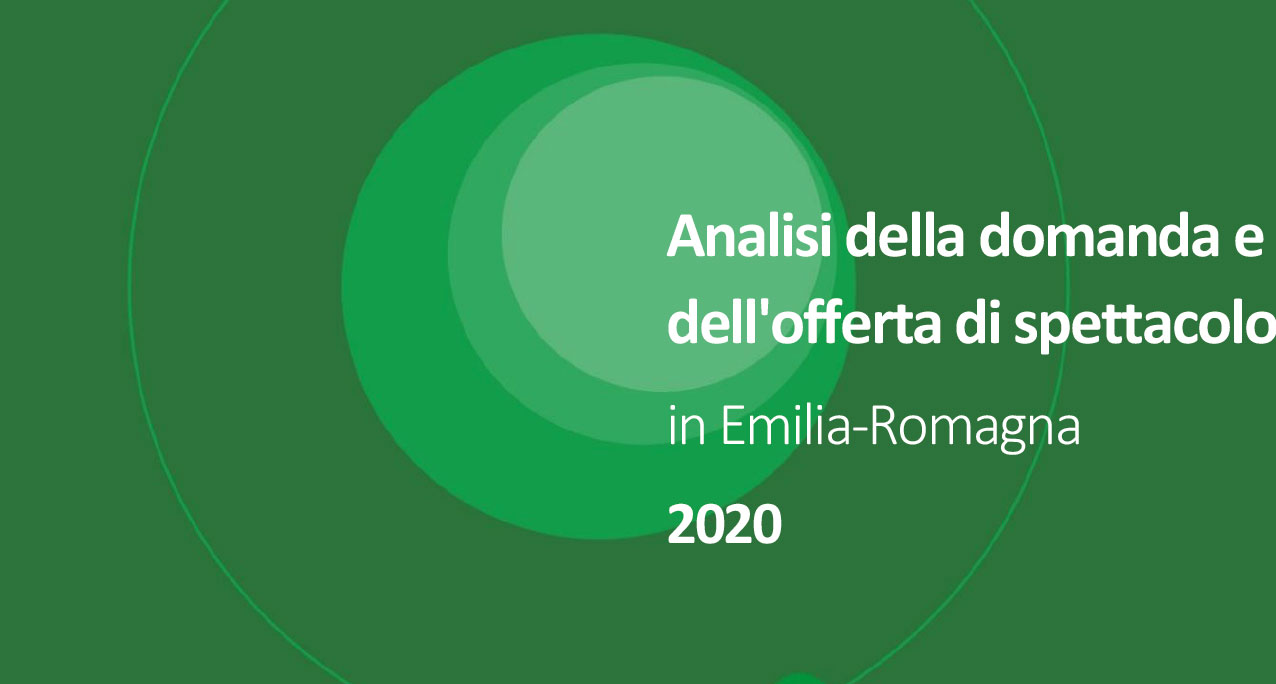
Supply and demand of performing arts and audiovisual products in Emilia-Romagna – 2020
26 November 2020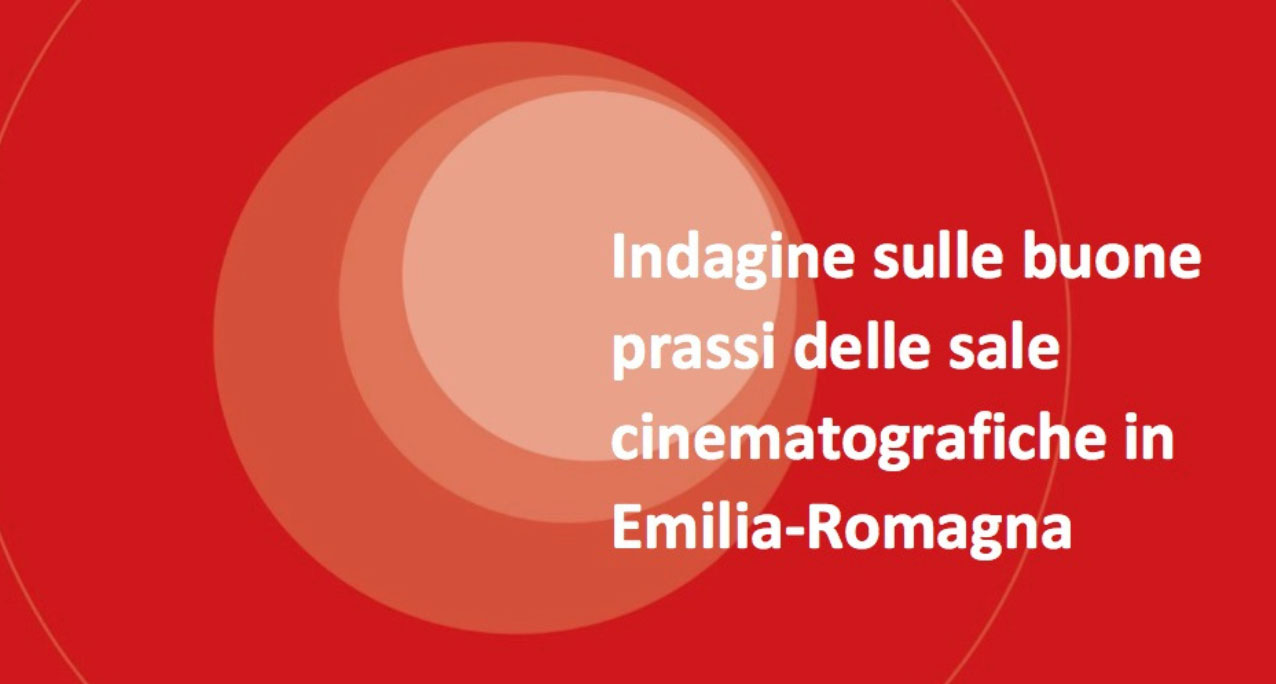
Movie theatres and their good practices
29 November 2019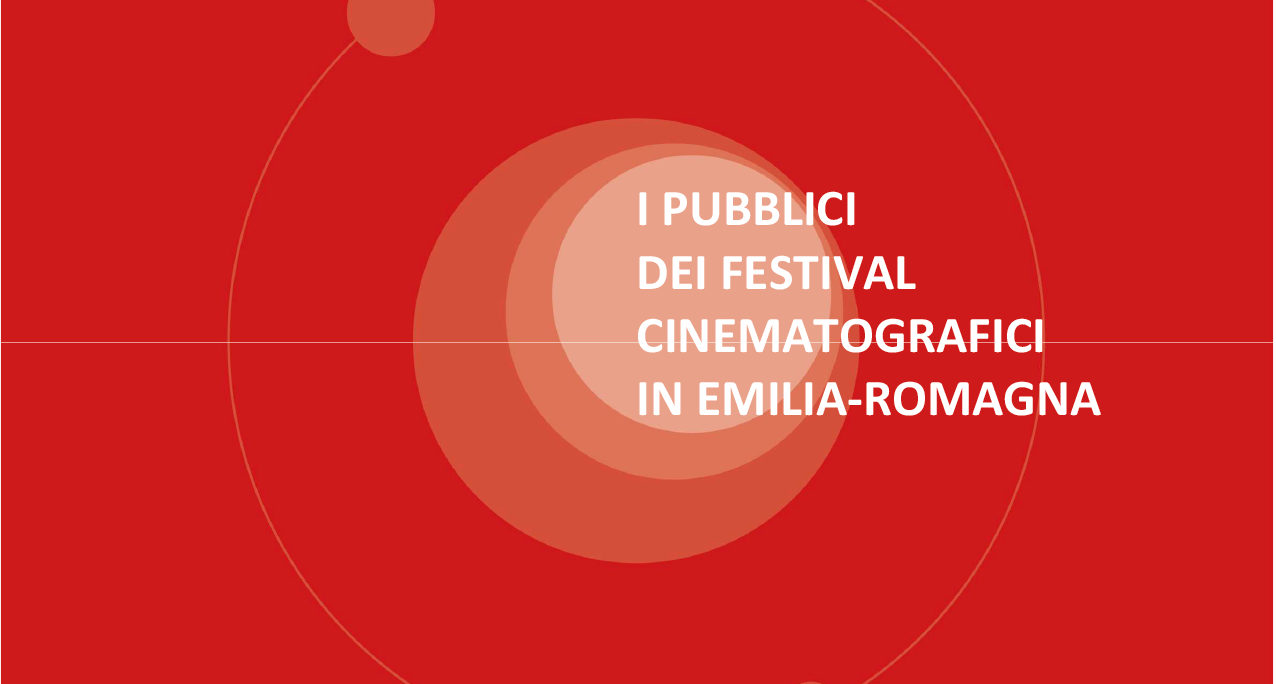
The audience of cinema festivals
25 November 2019